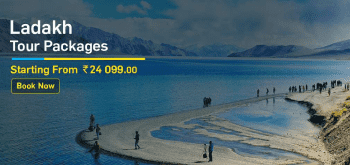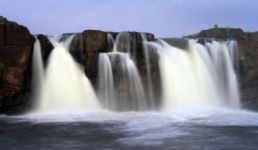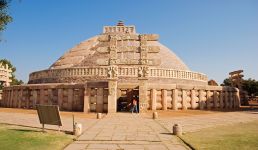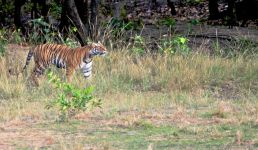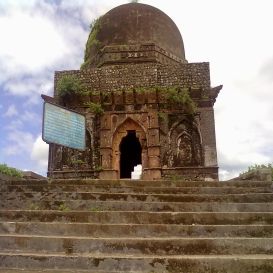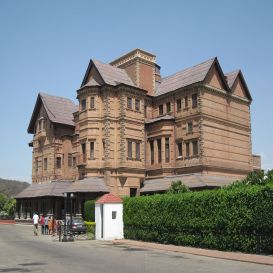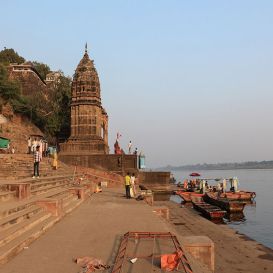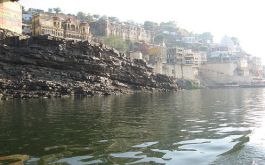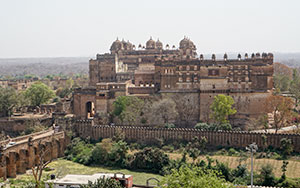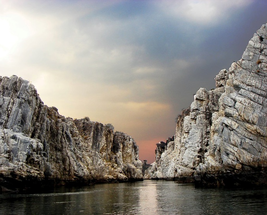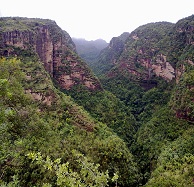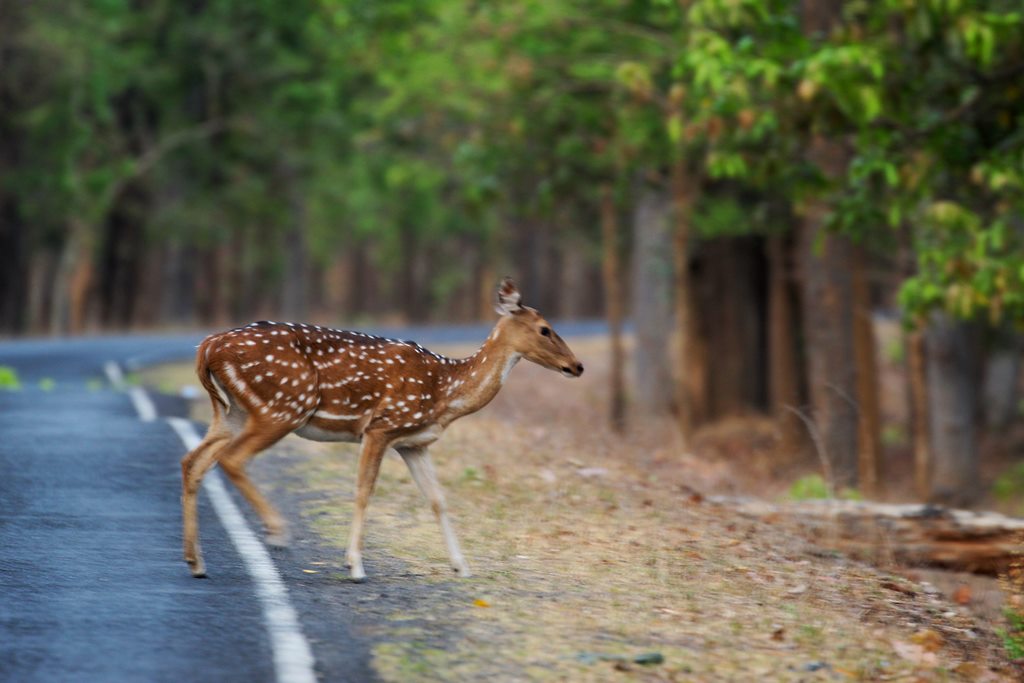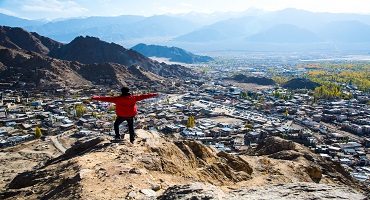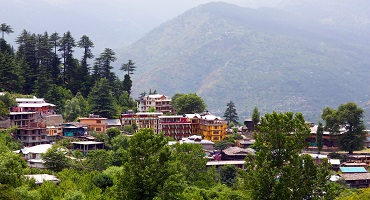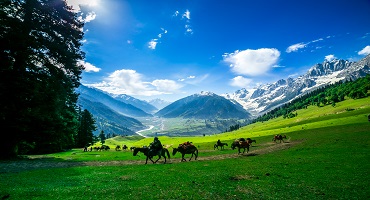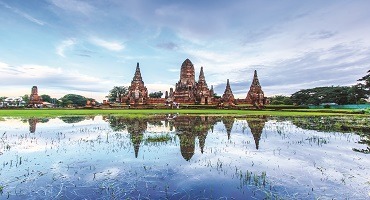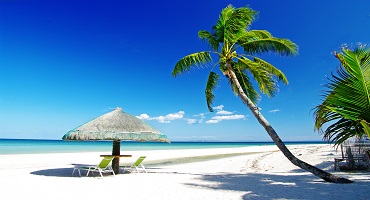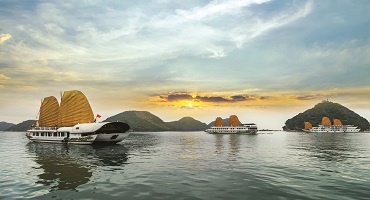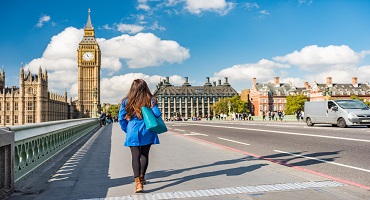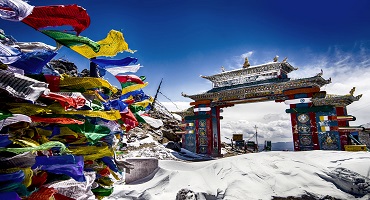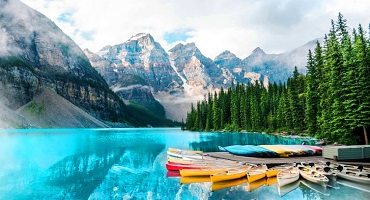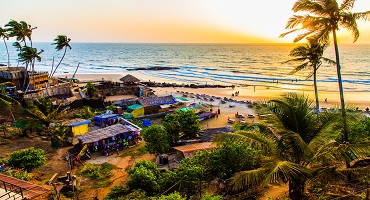Madhya Pradesh – A medley of history and culture
Magnificent Madhya Pradesh is a land of sepia colored forts, monuments, and caves. The spellbinding architecture reflects ancient religions, powerful kingdoms, and the earliest vestiges of human life. Sprawling sanctuaries provide solitude to the majestic tiger while winding valleys boast a plethora of natural wonders. Sweet song and dance lie adjacent to iconic cultural references and delectable cuisine. Madhya Pradesh is true, a magical state.
| Madhya Pradesh Tourism: A Quick View of the state |
| Capital |
Bhopal |
| Official Language |
Hindi |
| Dial Code |
0755 (Bhopal) |
| Population |
79,6344 million (as of 2018) |
| Currency |
Indian Rupee (INR) |
| Time Zone |
UTC+05:30 (IST) |
| Area |
308,252 square km |
Highlights of Madhya Pradesh: Premier places
Temples
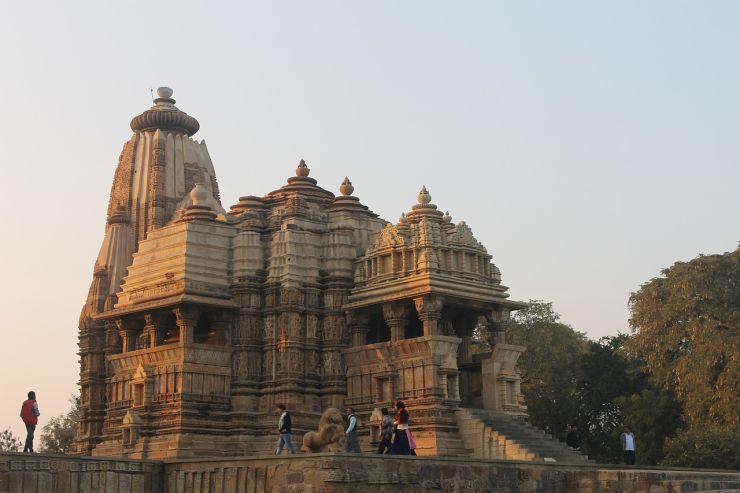
Bateshwar Hindu Temples are scattered across 25 acres of land, like beautiful sand castles longing to be admired. Visit the Morena district, to catch a glimpse of an ancient complex, restored and preserved for centuries. Approximately 200 exquisite shrines, dedicated to Lord Shiva, Vishnu, and Shakti, reflect the classic Gurjar-Pratihara style architecture. The historical city of Orchha is blessed with the stunning Lakshminarayan Temple, dedicated to the Goddess of wealth and prosperity. Built with bricks and lime mortar, its façade is a fusion of temple and fort architecture. Comb through the colorful fresco paintings that depict Mughal and Bundela art forms.
Nature parks
Home to 10 national parks of significant stature, Madhya Pradesh will woo you into an exciting world of prowling tigers and lush forests. The largest national park in central India - Kanha National Park, stretches an impressive 940 km. It is home to the royal Bengal tiger, Indian leopard, sloth bear, and wild dog. This is but the beginning of a long list of fascinating species that you will discover. Bandhavgarh National Park, a former game reserve for the maharajas and their guests, is yet another tiger fortress. Did you know that the first healthy male tiger in Bandhavgarh was named Charger, due to his habit of charging at elephants? Pench National Park is a popular cultural reference today. It is the original setting of Rudyard Kipling’s iconic Jungle book. Imagine exploring Mowgli’s beloved home, while Baloo, Bagheera, and Shere Khan could reveal themselves in the open at any given moment.
Hill stations
Wander through idyllic Pachmarhi, a charming little hill station within the Satpura range. Deemed as the queen of Satpura, it is an adventurer’s dream come true. Here, you can enjoy splendid sunsets or fish in cool glassy waters. You can traverse through magical waterfalls and ancient caves. Chikhaldara offers its visitors a chance to immerse themselves in mythology. This tranquil hill station is featured in the Mahabharata as the place where Bheema defeated Keechaka. Home to temples, forts, national parks, gardens, museums, dams, and waterfalls, you will have options galore.
Heritage sites
Visit the Bagh caves, a cluster of 9 rock-cut monuments on the slopes of the Vindhyas. Of the 5 surviving caves, cave 3 and 4 have remnants of ancient mural paintings. Bhimbetka rock shelters in the Raisen district of Madhya Pradesh, symbolize the earliest traces of human life in India. Deemed a UNESCO world heritage site, it consists of 7 hills and 750 rock shelters. An experience like no other, it will provide you with rare insight into the cultural evolution of the country. Khajuraho Group of Monuments, also recognized by UNESCO, commemorates both – Hinduism and Jainism. A representation of nagara-style architecture, you will discover that 25 out of the original 85 temples have survived.
Local culture
While Madhya Pradesh lies at the heart of India, classical performing arts lie at the heart of Madhya Pradesh’s culture. Khajurao Festival of Dances, in the Chhatarpur district, is a weeklong (February 20th -26th) extravaganza filled with Kathakali, Bharatanatyam, Odissi, Kuchipudi, and Manipuri performances. Tansen Sangeet Samaroh (December) is a 4-day musical fiesta in the Gwalior district that celebrates the great Indian classical maestro – Tansen. While you’re taking a classical tour of this vibrant state, don’t forget to try Madhya Pradesh’s authentic cuisine. We recommend Daal Bafla (ghee laden dough balls), Bhopali Gosht Korma (slow cooked mutton with a peppery gravy), Palak Puri, and Malpua (ghee laden pancake with dry fruits on top).
Interesting facts about Madhya Pradesh: Thrilling Titbits
- Inspiration for the classic Jungle Book came from the Pench Tiger Reserve in Madhya Pradesh.
- Kishore Kumar, legendary actor and playback singer, hails from the Khandwa district of Madhya Pradesh.
- Madhya Pradesh has the highest tribal population in India.
- Madhya Pradesh has been nicknamed the heart of India due to its geographical location.
- Madhya Pradesh is the only diamond producing state in the country.
Location: Heart of India
Madhya Pradesh is nestled in the heart of the Indian subcontinent. The state shares its border with Uttar Pradesh and Rajasthan in the north, Chhattisgarh and Maharashtra in the south, and Gujarat in the west.
Click here to view Madhya Pradesh on Google Map
Timings: Best time to visit Madhya Pradesh
Madhya Pradesh’s climate varies depending on the season. Summers can get scorching and particularly uncomfortable, while monsoons witness heavy rainfall and thunderstorms. In terms of climate, October to March is the ideal time to visit the state. Winter weather is perfect for sightseeing.
How to get to Madhya Pradesh: Bon voyage!
By Road –Major national highways that connect Madhya Pradesh to its neighboring states include NH-7, NH-12A, NH-25, N-H26, NH-27, N-H69, N-H3, N-H92, and N-H12. Interstate bus services are available, but should you choose to hire a private vehicle, you can stop at a variety of tourist destinations in and around the state.
By Rail – Due to its geographical location, most Indian railway networks pass through the state. Significant railway junctions are located at Itarsi, Katni, Bina, Indore, Ujjain, Gwalior, Chhindwara, Dewas, and Khandwa.
By Air – Madhya Pradesh is well connected to cities such as Delhi, Mumbai, Pune, Nagpur, Hyderabad, Vishakhapatnam, Bangalore, Srinagar, and Ahmedabad. You can opt to fly into one of the following airports – Bhopal, Indore, Gwalior, Jabalpur, Khajurao.
History: Forgone, but not forgotten
Archaeologists have uncovered remnants of the Middle Pleistocene era, Mesolithic period, Kayatha, and Malwa cultures. The pre historic period was followed by conquests, battles and settlements of several powerful clans - Avanti Kingdom, Malavas, Karushas, Dasarnas, and Nishadas, Mauryan Empire, Sakas, Kushanas, Satavahanas, Gupta Empire, Vakatakas, White Huns, Rashtrakuta Dynasty, Rajput Empire, Paramaras, Chandelas, Gurjara-Pratihara Dynasty, Western Chalukya Empire, Malwa Sultanate, Maratha Empire, Holkars, and Puars. Eventually, the British ceased control over Madhya Pradesh, rendering it a princely state of British India. It in 1950, independent Madhya Pradesh was formed. In 2000, through the Madhya Pradesh Reorganization Act, the south eastern portion of the state split off to form the new state of Chhattisgarh.







